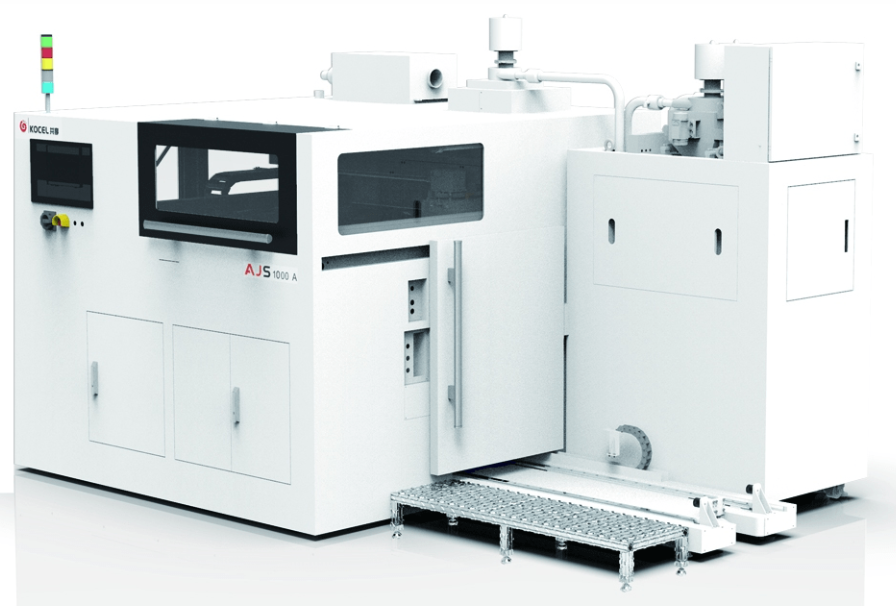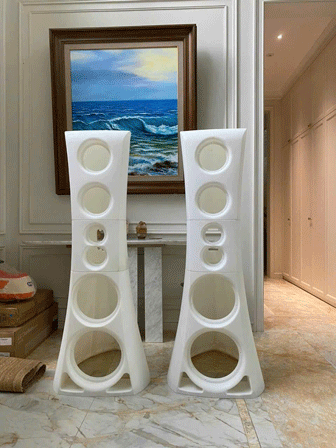If you’ve ever broken a bone, you know how uncomfortable it can be, plus you have to carry around smelly, uncomfortable plaster casts. 3D printing could change that.
Jack Evill, a recent graduate of Victoria University in New Zealand, told Wired that the current method of treating broken limbs with a cast is quite “archaic.” He wants to modernize the process with modern technology: 3D printing.
According to Mashable, Evill has created the Cortex cast, a breathable, lightweight, recyclable, and easy-to-clean exoskeleton that mimics the body’s muscle fibers, a honeycomb-like structure that makes up your internal bone structure.
This cast allows more air to circulate and contact your skin, avoiding stuffiness that leads to itching.
The Cortex cast uses a joint immobilization system similar to other casts, with an X-ray machine to locate the broken bone. Evill’s prototype used a hacked Xbox Kinect for 3D scanning, but the scanning process was more sophisticated and precise.
In addition to the 3D printed cast, Evill has many other humanitarian projects using 3D printing technology, such as creating jawbones and a 3D lens mounted behind the eye containing the retina and optic nerve to restore vision to the blind with this artificial eye.
With the ability to control robots with thoughts, humans need not fear that they will one day dominate the planet.
Researcher Angel Perez Garcia says he can make a robot act exactly as he wants with his thoughts. In the experiment, he used an electroencephalogram (EGG), which uses small electrodes attached to his head to detect electrical activity in the brain. He then focused on a symbol of light.
The electrodes would read the activity in his brain and send signals to the robot, causing it to move as he wanted. “I can choose the lights on the screen. The robot’s actions will depend on the light I choose and what kind of activity is generated by my thoughts,” Angel said, according to Redorbit. He can use the movements of his eyes, eyebrows, and other parts of his face to control the robot’s joints.
Researchers hope that human life in the future will be better with the help of robots. “The main goal of robotics research is to create robot companions that have a long-term relationship with their users. They can support the elderly in their daily activities, help the disabled in their lives, or care for patients during their recovery,” said Astrid Rosenthal-von der Putten of the University of Duisburg-Essen.
OTHER NEWS











